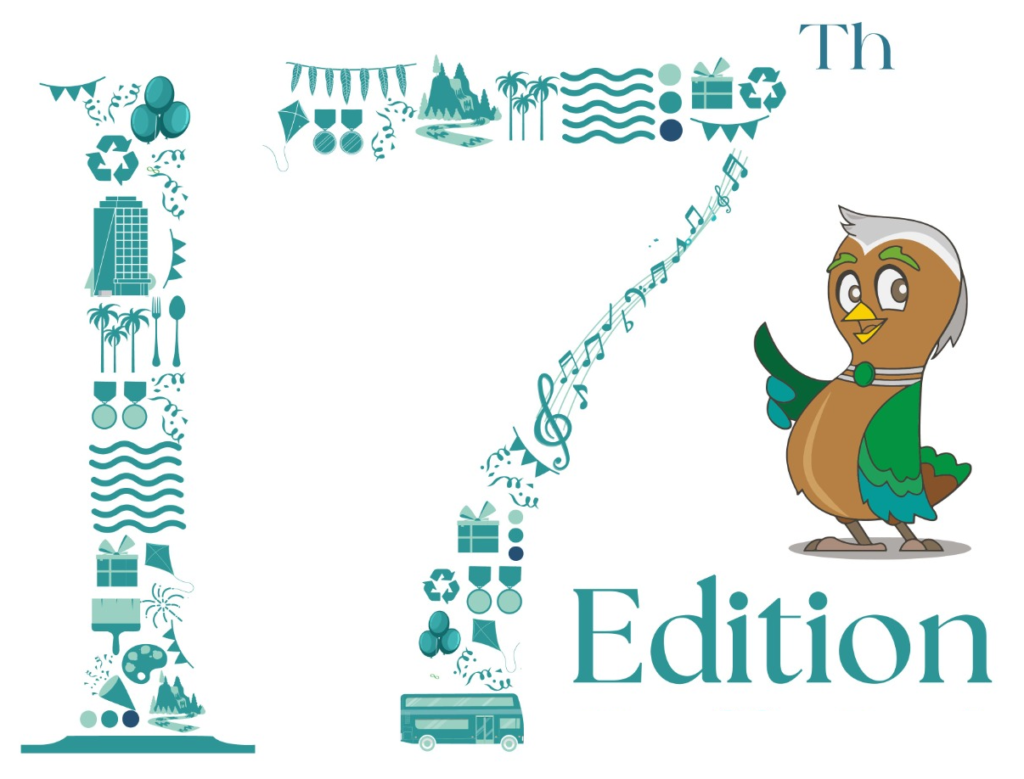In the bustling heart of any metropolis, the interplay of lighting and music serves as a powerful force, subtly influencing the mood and experience of its inhabitants. Streets lined with glowing neon signs transform the night into a playground of colors, while the echo of live performances creates a unique auditory landscape that captures the essence of urban life. To explore this dynamic relationship, one must consider how these elements coalesce to craft the character of a city.
As day transitions to dusk, the shift in lighting dramatically alters public spaces, shaping perceptions and emotional responses. Soft glows from streetlamps invite evening strolls, while bright, bustling lights in entertainment districts energize the atmosphere. Musical rhythms add another layer to this sensory experience, weaving a rich fabric that connects individuals to their environment. This harmonious blend becomes a collective ritual, highlighting the atmosphere of urban spaces where culture and connectivity flourish.
Choosing the Right Lighting for Urban Spaces
In the quest for perfect ambiance, the selection of lighting plays a pivotal role in shaping the atmosphere of urban environments. Whether it is a bustling street or a quiet corner, the choice of lighting can significantly influence the dining vibe or create a relaxing space for city dwellers. Soft lighting can transform the interaction between people and their surroundings, offering comfort and enhancing social experiences.
The Coventry environment, for example, benefits immensely from well-thought-out lighting designs that cater to different activities throughout the day. Implementing atmosphere tuning techniques not only elevates existing architectural features but also encourages community engagement. Emphasizing the human experience through tailored lighting solutions allows urban spaces to resonate with warmth and approachability.
Impact of Music Genres on City Atmosphere
Music genres significantly influence the sensory experience of urban spaces, creating unique atmospheres that resonate with the city’s identity. Different styles can evoke varying emotions and reactions, which can be explored through the lens of atmosphere tuning. A trendy jazz café, for instance, often pairs smooth melodies with soft lighting, contributing to a sophisticated dining vibe.
In contrast, an indie music venue might adopt a more casual sound, which fosters a relaxing space for guests to unwind. The combination of upbeat tempos and inviting acoustics can enhance guest comfort, making the space feel more engaging and welcoming. By selecting appropriate music genres, city planners and business owners can curate a memorable environment that reflects the character of their metropolis.
Techniques for Integrating Lighting and Sound in Public Areas
Creating a harmonious dining vibe in public spaces is an art that requires careful attention to both lighting and sound. By strategically planning how these elements coalesce, venues can craft an enchanting atmosphere that enhances guest comfort and promotes a sensory experience. For instance, incorporating https://metropolis-restaurant.co.uk/ in combination with an intentional music selection can significantly elevate the overall impact of the environment.
Implementing techniques such as the following can lead to successful integration:
- Layered Lighting: Utilize various types of lighting–ambient, task, and accent–to create depth and texture. This can directly influence the mood while accommodating different activities.
- Sound Zones: Designating specific areas for distinct music genres can cater to diverse preferences, allowing guests to choose their desired relaxing space.
- Dimmers and Controls: Employing adjustable lighting systems enables real-time atmosphere tuning, enhancing the experience based on crowd size and time of day.
- Acoustic Panels: Installing sound-absorbing materials can help mitigate noise levels, ensuring that conversations remain comfortable even in busy environments.
- Sequential Programming: Coordinating music changes with lighting adjustments can create a seamless flow, enhancing transitions during events or during shifts in dining activity.
These techniques not only refine the ambience but also ensure a well-rounded and enjoyable experience for every guest.
Measuring the Effects of Ambience on Citizen Well-Being
The interplay between ambiance and citizen well-being is becoming increasingly relevant in urban planning. Research shows that soft lighting and thoughtful music selection profoundly influence the sensory experience in public spaces. These factors contribute not only to individual mood but also to the collective atmosphere of the city.
Measuring the impact of these elements often requires a multifaceted approach. Surveys and studies have indicated that environments featuring appropriate lighting and music create a more inviting dining vibe, which can enhance the overall guest comfort in restaurants and cafes. Public parks designed with relaxing space concepts benefit from well-considered ambiance, fostering healthier social interactions and community engagement.
| Ambience Element | Effects on Well-Being |
|---|---|
| Soft Lighting | Reduces stress, promotes relaxation. |
| Music Selection | Enhances mood, encourages socialization. |
| Sensory Experience | Improves overall satisfaction with public space. |
| Atmosphere Tuning | Creates welcoming and engaging urban environments. |
Understanding these dynamics allows city planners to develop strategies that enhance the human experience in urban settings. By focusing on the correlation between ambiance and well-being, cities can evolve into more harmonious and fulfilling places to live.


